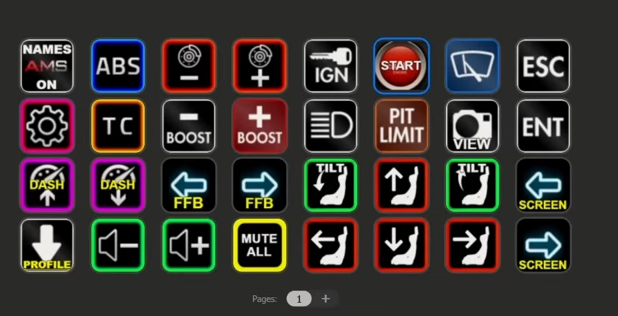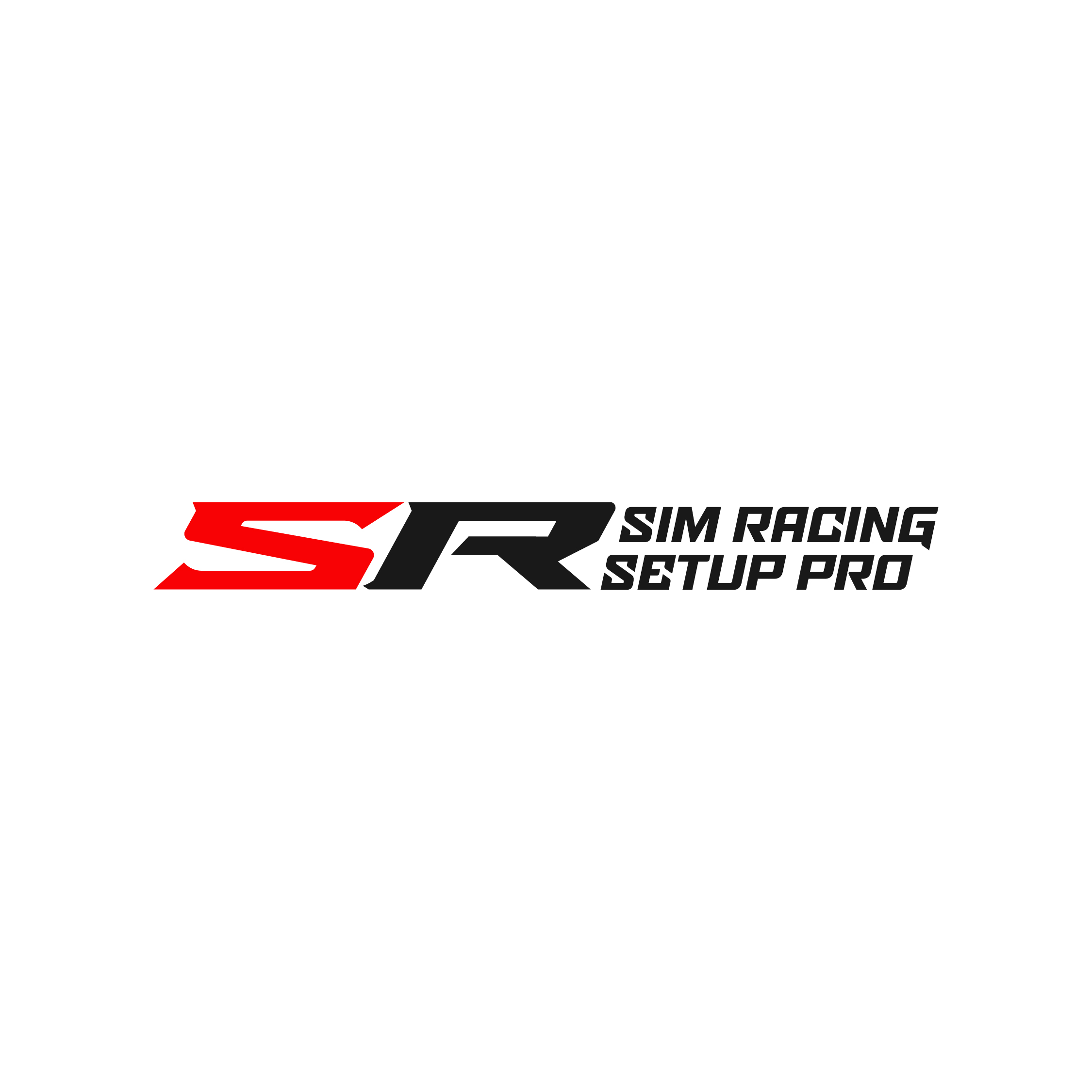
The Ultimate Guide to Sim Racing Button Boxes: From Basics to Future Innovations
Why Every Sim Racer Needs a Button Box
The world of sim racing is evolving rapidly, and a button box is one of the most impactful upgrades you can add to your setup. Whether you’re a weekend racer or a competitive esports driver, a well-designed button box enhances realism, boosts efficiency, and gives you complete control over in-race adjustments.
But what if button boxes could do more than just mirror real-world dashboards? What if they could predict race conditions, adapt controls dynamically, and integrate AI for real-time assistance?
This guide goes beyond standard button box tutorials, diving into:
✅ The anatomy of button boxes (hardware, software, and customization options)
✅ DIY vs. Pre-Built: Which is right for you?
✅ How button boxes are evolving into smart racing assistants
✅ The future of haptic feedback, AI-assisted tuning, and VR compatibility
What is a Sim Racing Button Box?
A button box is an external control panel that provides extra inputs for racing simulators, enabling quick access to car functions like:
✅ Pit strategies and fuel mapping
✅ Brake bias, traction control, and differential settings
✅ DRS activation and tire compound selection
Future Expansion: Imagine AI-assisted button boxes that detect real-time race conditions (like tire wear and weather changes) and suggest optimal settings dynamically.
Breaking Down the Key Components
1️⃣ Core Inputs: Buttons, Encoders, Switches
- Momentary push buttons → Used for DRS, headlights, ERS deployment.
- Rotary encoders → Adjust traction control, fuel mix, or brake balance on the fly.
- Toggle switches → Ideal for functions like ignition, wipers, and pit limiter.
2️⃣ Advanced Features: Displays, LED Indicators, and Feedback Systems
- OLED or LCD screens → Display live telemetry data (lap times, tire wear, engine temp).
- RGB LED indicators → Flash when DRS is available, show shift points, or indicate tire temps.
- Haptic feedback (future tech) → Provide subtle vibrations when pit entry is confirmed.
3️⃣ Processing Unit (The Brain)
Most button boxes use Arduino, STM32, or USB-based HID interfaces, but future models could incorporate:
- AI-assisted microcontrollers that suggest race strategy adjustments in real-time.
- Wireless cloud-syncing for data analysis and race telemetry sharing.
DIY vs. Pre-Built Button Boxes: The Ultimate Showdown
Choosing between building your own or buying a pre-built button box depends on your budget, skills, and preferences.
| Feature | DIY Button Box | Pre-Built Button Box |
|---|---|---|
| Cost | $30 – $150 (if you have tools) | $50 – $500+ |
| Customization | Fully customizable | Fixed layout |
| Technical Skill Needed | Soldering & programming | None (plug & play) |
| Software Integration | Requires setup (SimHub, Arduino IDE) | Pre-configured drivers |
| Upgradeability | Modular | Limited |
Futuristic DIY Idea: What if you could build a modular button box where components snap on like LEGO pieces? Need more encoders? Just clip them in.
Next-Gen Button Boxes: What’s Coming Next?
Haptic Feedback & Smart Tactile Controls
- Feel the road through your button box! When ABS engages, a vibration mimics real pedal feedback.
- Future buttons may provide adjustable resistance—similar to force feedback on steering wheels.
AI-Integrated Race Assistants
- Imagine a button box that adjusts traction control automatically based on weather conditions.
- AI-powered shift indicators learn your driving style and suggest optimal RPM shift points.
Cloud-Based Racing Analytics
- Future button boxes may upload your telemetry to the cloud for data-driven coaching insights.
- Integration with racing communities: Share setup profiles and download pro driver configurations.
VR-Compatible Touch Controls
- Instead of memorizing button locations, VR-compatible button boxes may have touch-sensitive surfaces that adapt dynamically.
- Imagine gesture-based commands: Swipe left to adjust fuel mix, tap to toggle headlights.
Speculative Idea: A hybrid holographic button box that appears in augmented reality (AR), allowing you to customize your dashboard in real-time!
Exercises to Master Your Button Box Skills
1. Layout Optimization Challenge
- Sketch three different layouts for your button box based on:
- Endurance racing (fuel/tyre conservation priority)
- Formula-style racing (DRS, ERS, aggressive fuel mix control)
- Rally racing (emphasis on wipers, handbrake, lights)
2. Blind Test & Muscle Memory Drill
- Set up a timer and practice hitting key buttons without looking.
- Increase difficulty by adding gloves or dim lighting to simulate real racing conditions.
3. AI Button Box Concept Brainstorm
-
If AI could manage your button box, what features would you want?
- Dynamic fuel adjustments?
- Brake bias auto-tuning?
- Track-specific LED color indicators?
Final Thoughts: Are Button Boxes the Future of Adaptive Sim Racing?
With haptic feedback, AI-powered race strategies, and VR touch panels, button boxes are evolving beyond simple inputs. They could soon become integral racing assistants, offering real-time optimizations just like an F1 engineer does over the radio.
Your Next Steps:
✅ Experiment with your current button box layout.
✅ Sketch your dream AI-powered racing dashboard.
✅ Join sim racing forums to see next-gen button box mods!
Question for You:
What’s your dream feature for the future of button boxes? Let’s discuss below!
